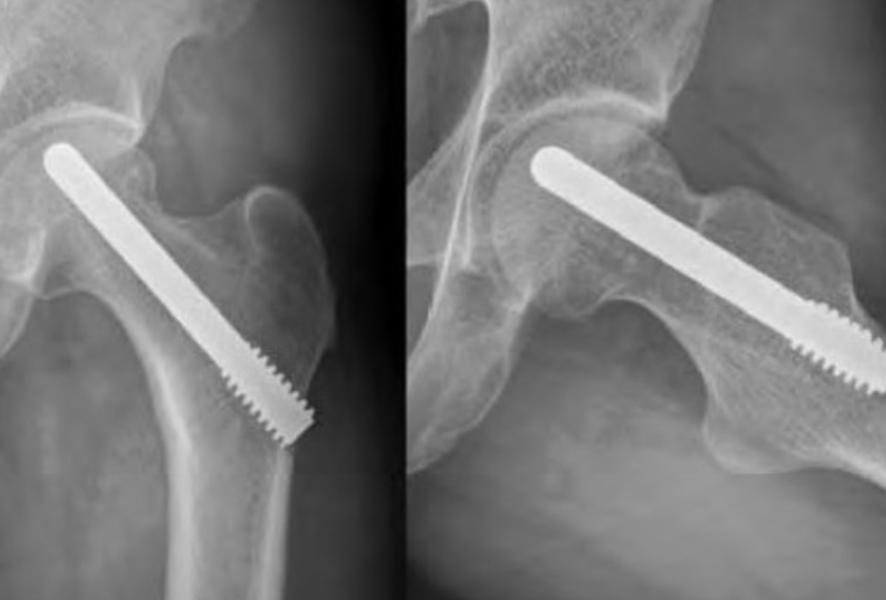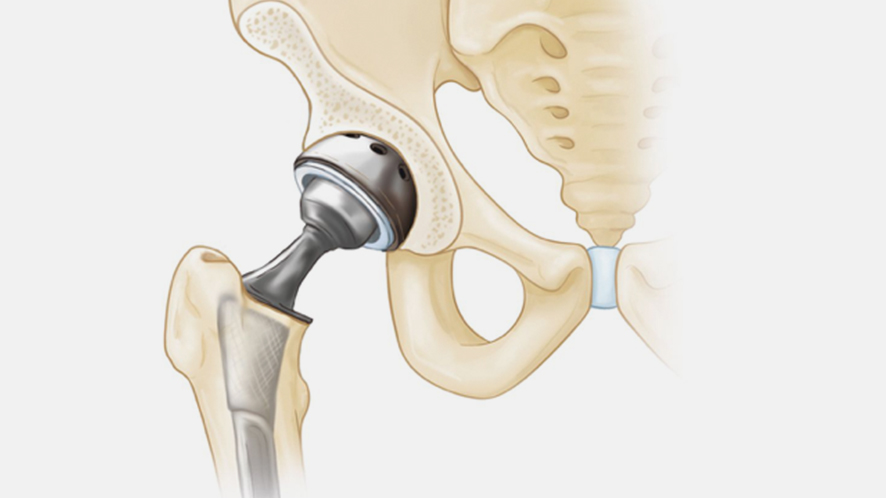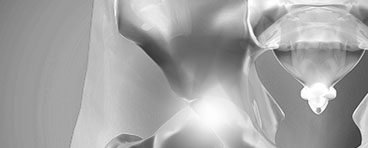Click on the links below to find out more
Hip- Avascular Necrosis/Osteonecrosis
TREATMENT
Although nonsurgical treatment options like medications or using crutches can relieve pain and slow the progression of the disease, generally treatment is surgical. Patients with osteonecrosis that is diagnosed in the very early stages (prior to femoral head collapse) are good candidates for hip preserving procedures.
Core Decompression
This procedure involves drilling one larger hole or several smaller holes into the femoral head to relieve pressure in the bone and create channels for new blood vessels to nourish the affected areas of the hip.
When osteonecrosis of the hip is diagnosed early, core decompression is often successful in preventing collapse of the femoral head and the development of arthritis.
Core decompression is often combined with bone grafting to help regenerate healthy bone and support cartilage at the hip joint. A bone graft is healthy bone tissue that is transplanted to an area of the body where it is needed.
Many bone graft options are available today, which Dr Slattery will discuss with you during your consultation

(Left) Core decompression. (Right) In this x-ray, the drill lines show the pathway of small drill holes used in a core decompression procedure.
Tantalum Rod Insertion
In certain cases which are detected early, Mr Slattery can use a specialized Tantalum (a type of metal) rod to prevent the femoral head collapsing, and prevent a total hip replacement.
Vascularized Fibula Graft
Another surgical option is a vascularized fibula graft. This is a more involved procedure in which a segment of bone is taken from the small bone in your leg (fibula) along with its blood supply (an artery and vein). This graft is transplanted into a hole created in the femoral neck and head, and the artery and vein are reattached to help heal the area of osteonecrosis.

A tantalum rod used to support the diseased bone and prevent collapse
Total Hip Replacement
If osteonecrosis has advanced to femoral head collapse, the most successful treatment is total hip replacement. This procedure involves replacing the damaged cartilage and bone with implants.
Total hip replacement is successful in relieving pain and restoring function in 90 to 95 percent of patients. It is considered one of the most successful operations in all of medicine.

In a total hip replacement, both the head of the femur and the socket are replaced with an a prosthesis.
Outcomes
Core decompression prevents osteonecrosis from progressing to severe arthritis and the need for hip replacement in 25% to 85% of cases. This depends upon the stage and size of the osteonecrosis at the time of the procedure.
Core decompression achieves the best results when osteonecrosis is diagnosed in its early stages, before the bone collapses. In many of these cases, the bone heals and regains its blood supply after core decompression. It takes a few months for the bone to heal, and during this time, a walker or crutches will be needed to prevent putting stress on the damaged bone.
Patients with successful core decompression procedures typically return to walking unassisted in about 3 months and have complete pain relief.
When osteonecrosis is diagnosed after collapse of the bone, core decompression is not usually successful in preventing further collapse. In this situation, the patient is best treated with a total hip replacement, which relieves pain and restores function in over 95% of patients.







